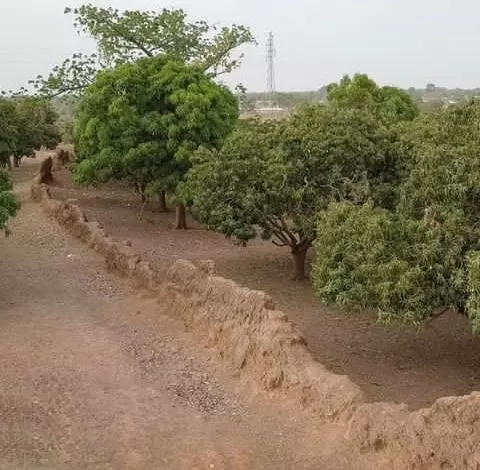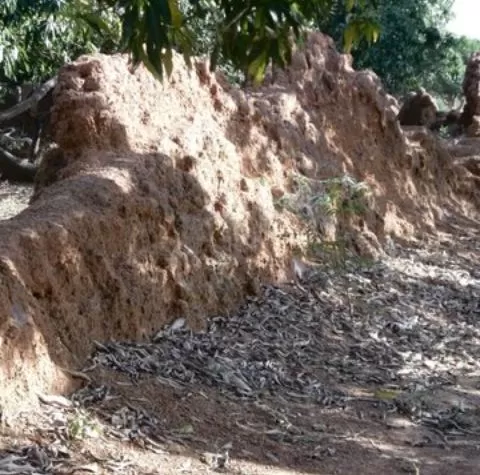A monument of slavery refers to a memorial that commemorates the history of slavery and the enslaved individuals who were forced to labor without pay or freedom. These monuments can take many forms, such as statues, memorials, or museums, and they may be located in various locations, such as parks, public squares, or historical sites.
The purpose of these monuments is to acknowledge and remember the injustices and atrocities of the past, specifically the history of slavery. They serve as a reminder and a means of educating the public about the reality of slavery and its lasting effects on society.
These monuments are a means of preserving and sharing the important historical knowledge of the past to ensure that it is not forgotten and the lessons learned are passed on to future generations.
Among the various monument of slavery in Ghana is the Nalerigu Defence Wall in the Northern Region of Ghana.

The Naa Jaringa Walls, which are still standing amid a grove of trees, are now known as the Nalerigu Defense Wall. The wall is situated near the Ghanaian community of Nalerigu in the East Mamprusi District, around 120 kilometers south-east of Bolgatanga, 156 kilometers from Tamale, and 8 kilometers past Gambaga.
A prominent chief of the Mamprusi ethnic group by the name of Naa Jaringa—named after the African viper—built this wall in the sixteenth century. The Defense Wall formerly encircled the entire settlement, but only a few ruins are visible now.
Nearby was the path of the slave trade between Ouagadogou, Burkina Faso, and Djenne, Mali. The construction of the wall served two purposes: first, to safeguard locals against slave raiders; and second, to ensure that Naa Jaringa’s name would live on in history.
The wall was allegedly constructed with stones, dirt, honey, and milk. Even though the Nalerigu Defence Wall has been severely damaged by erosion, it is still a historically significant site that continues to draw visitors. Many tourists, particularly those from the Americas and Europe, are interested in experiencing the remnants of the slave trade industry and the wall is a notable example of that. Despite its current state, the wall remains an important monument in Ghana’s past.
See videos of the various tourist attractions in Ghana here.
Thank you for reading this article.
Read more
Assin Manso Slave River: A Reconnection For African-Americans
How The Elmina Failed Its Purpose
Cape Coast Castle: History And Getting There
The Hidden Truth Of Fort Good Hope In Senya Beraku
All You Need To Know About The Larabanga Mosque
All You Need To Know About Saakpuri Tourist Site In Ghana
Friendly Crocodile You Must See In Ghana (Paga)
The World Peace Bell Tourist Attraction At The Manhyia Palace
Places To See: The Strange Umbrella Rock In Ghana
Journey In Opulence At Dodi Island (World)

